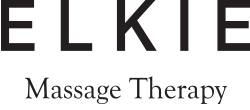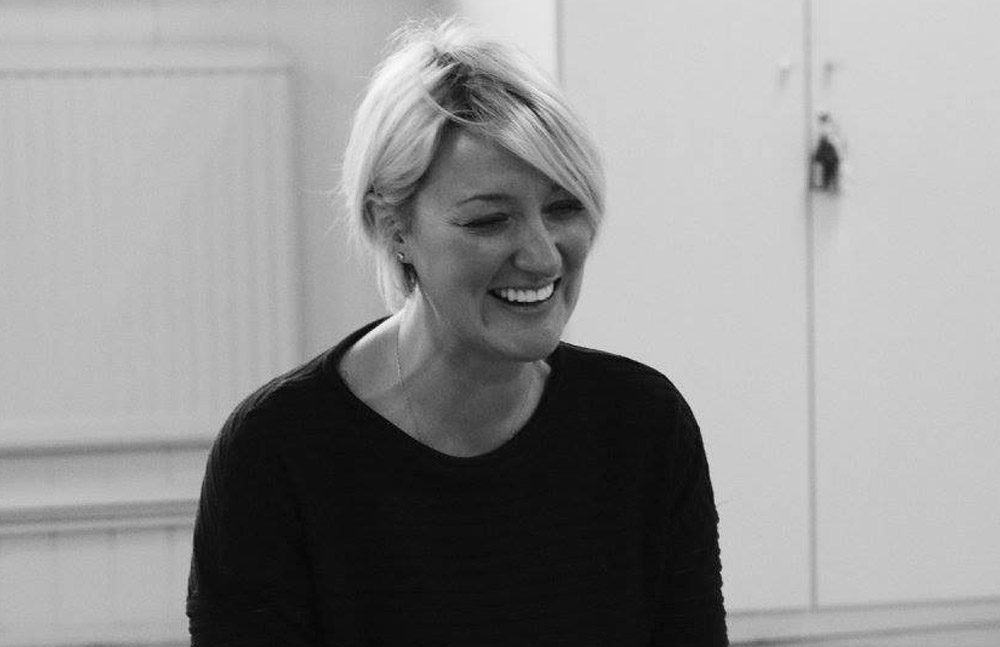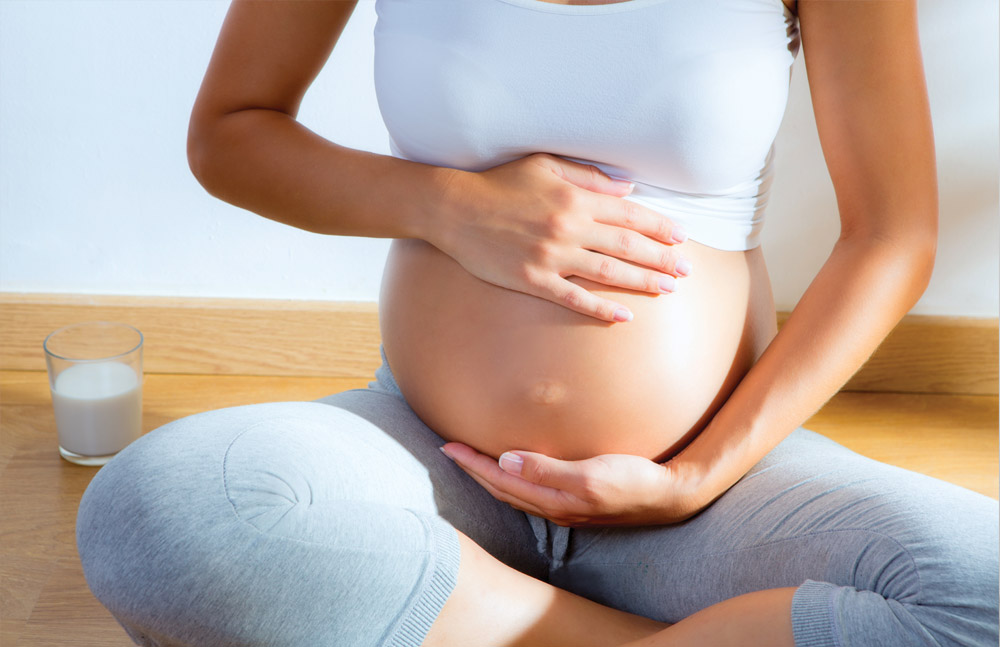
Today children are faced with hectic lifestyles due to stressors of school, peer pressure, family problems, advancing technology, competitive sports, chores, and the list goes on and on. As the world keeps speeding up and moving forward, children are constantly battling to keep up and maintain the pace. They often never get a chance to slow down and let their bodies really rest or relax, and in turn this can lead to poor sleeping patterns. Studies have shown that massage can help decrease stress and stress hormone levels in children and adults the same. Studies have also shown that children’s massage can reduce anxiety, depression, and chronic pain. Decreasing stress, in turn, can aid in improving sleeping habits.


If they do manage to slow down or stop, it is usually in front of some type of tablet or electronic device which can lead to the opposite – a sedentary lifestyle. Some children are being drawn more and more into an ever-changing technology-based world. This can lead to issues like “tech-neck” from looking down at a device constantly. Creating strain on their necks and spines can result in long term pain, headaches, and poor posture or a hunched back. Massage therapy can help to relax those strained muscles. Teaching some postural education when using devices, as well as postural stretches, can also be beneficial to children for helping to prevent long term issues.
- Preschoolers showed better performance on tests of intellectual and manual skills after a 15 min massage. They also slept better during naps, were less likely to be overactive and had better behavior.
- Massage was shown to help children with dermatitis and other skin conditions.
- Massage was noted to relieve pain in children with early onset scoliosis.
- Regular massage helped to reduce and relieve childhood and adolescent growing pains.
- Autistic children have shown increased relaxation during activities after receiving regular massage, more so than those who received other methods of relaxation. There was a decrease in touch sensitivity and disruptive behaviour, and an increase in sleep and energy levels.
- The effects of ADD and ADHD in children could be reduced with regular massage treatments, thereby exhibiting less hyperactivity and more on-task behaviour. In some cases, regular massage has even cut down on the amount of regular prescription medication needed.
- Teenage psychiatric patients experienced improved sleep and clinical progress as well as decreased depression, anxiety and stress.
- Children with cerebral palsy had greater extension in previously flexed muscles with massage.
Younger children often have a shorter attention span, so a 30-minute session would be more than appropriate. Plus, this would be enough time to have an effective treatment.
As children approach middle teen age years, 30 or 45-minute sessions could be appropriate depending on the extent of what is needed for the treatment plan.
Parents are always encouraged to be present in the room with children, and for teenagers it is up to their discretion. It is the massage therapist’s obligation to ensure that they ask the child if they want a massage, what they would like worked on and to follow the child’s wishes. Also, the therapist should explain the treatment plan in such a way that the child can understand to ensure that they consent to the treatment and feel comfortable.




